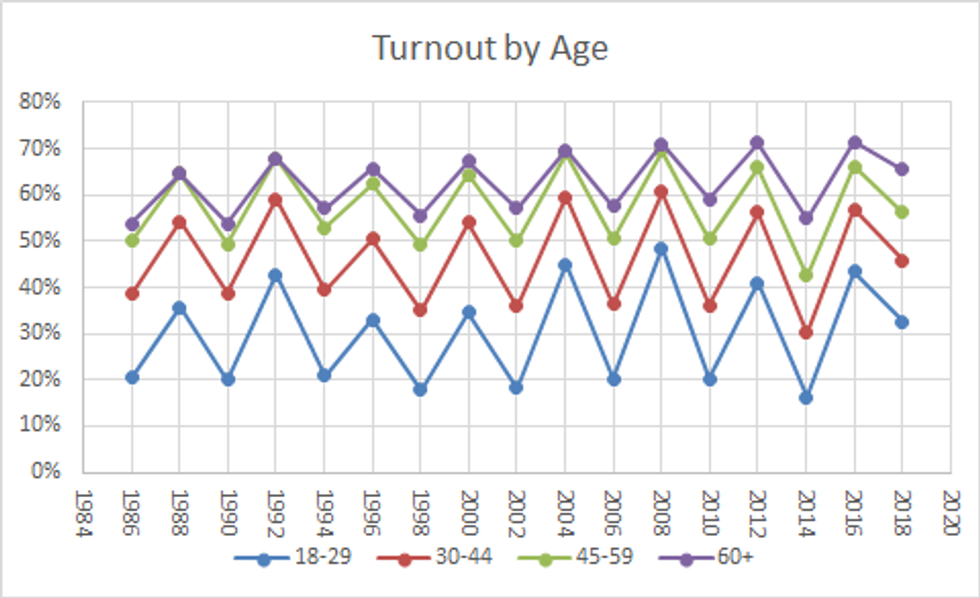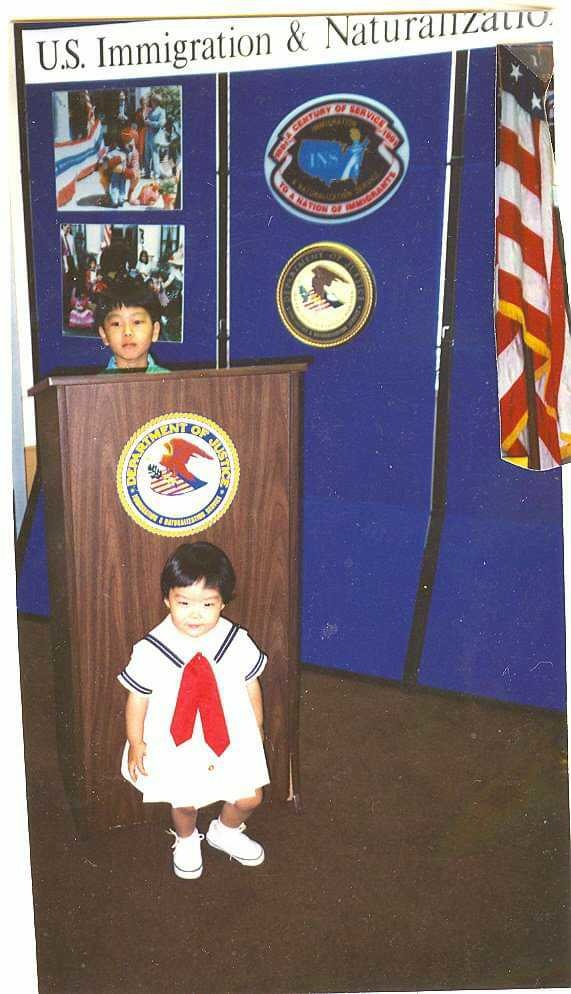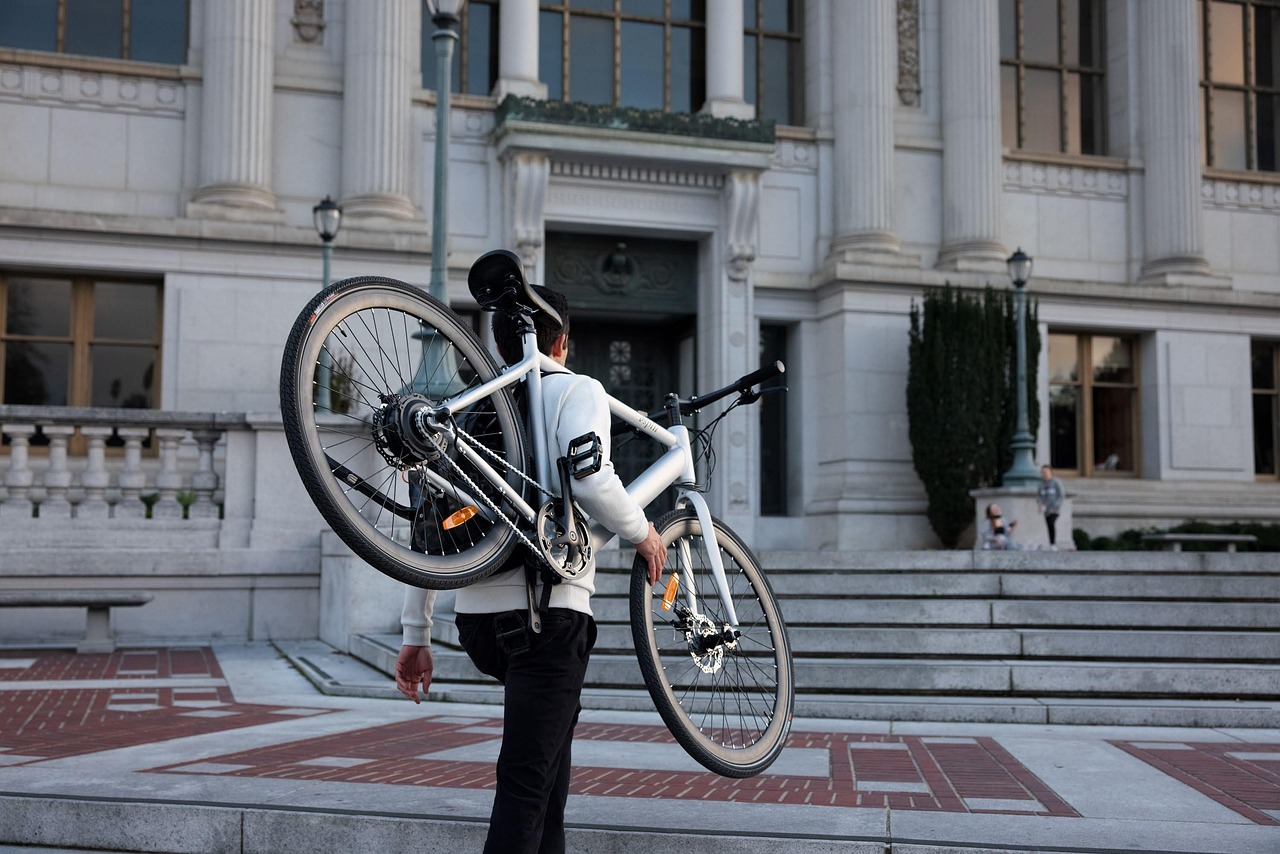Everybody knows that young people have the lowest voting turnout rates of any demographic. It’s a statistic that’s often used against us to support allegations that we’re lazy, self-involved, and too apathetic to care about the future of politics. For some of us, that’s true. But within that 18-29 year-old demographic, there’s a community that’s too often overlooked.
A recent estimate from Pew Research Center finds that naturalized citizens will comprise about 10% of the eligible voters in the 2020 election–that’s about 23 million people, a 93% increase since 2000. That’s right: We’re here, and we’re growing.
 ElectProject
ElectProject
The power of naturalized citizen voters shouldn’t be underestimated. Generally speaking, voting turnout rates of naturalized citizens are higher than natural citizens. According to Pew, 34% of naturalized citizen voters are Latinx and 31% identify as Asian; in each of those communities, more foreign-born immigrants show up to vote than non-immigrants. Where are these voters located? 56% of U.S. immigrants reside in the country’s four most populated states. Of course, these are also the states with the most members of the electoral college: California (55), New York (29), Texas (38), and Florida (29).
It’s no wonder why naturalized voter turnout would be high. Even as a naturalized citizen since I was one and a half years old, I can’t take my right to vote for granted. Not even my jaded attitude as an academic or an irony-poisoned millennial can make me forget that 55 years ago, people like me were barely allowed into this country, thanks to immigration quotas and plain discrimination. The Immigration and Nationality Act of 1965 eliminated the quota system, and while the new immigration policy still favored northern and western Europeans, the law allowed increased flow of immigrants from Asia, Africa, and Latin America.
Amidst today’s immigration crisis under the Trump administration, a growing number of voters are immigrants or the children of immigrants and shouldn’t be ignored or dismissed. Even if immigration trends stay the same (rather than increase, as they are more likely to), then today’s 10% of voters who are naturalized citizens will become at least 20% by 2040, with immigrants predicted to be the driving force of population growth in the U.S. in coming years.
These numbers impact the turnout of young voters like me and young people’s investment in the policies and overall political system, which has turned away people who looked like me and which may turn away those people in the future if policies aren’t changed. I’m a naturalized citizen, so I vote.
- In America, Naturalized Citizens No Longer Have an Assumption of … ›
- Naturalized citizens sue Texas over voter citizenship review efforts … ›
- As Trump seeks reelection, immigrant voters stand in his way – Los … ›
- Expanding Citizenship: Immigrants and the Vote : Democracy Journal ›
- Are There Differences in Registration and Voting Behavior Between … ›
- Naturalized Citizens Make Up Record One-in-Ten U.S. Eligible … ›
- Report: Naturalized Citizen Vote Can Make Difference in Tight Races ›





